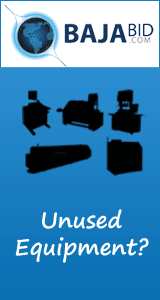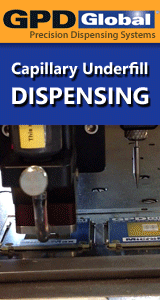Printed Circuit Board Assembly & PCB Design Forum
SMT electronics assembly manufacturing forum.
- SMTnet
- »
- Electronics Forum
- »
- Floating part at wave.
Floating part at wave.
![]() Can any one tell me where to get sand bags used to hold par...
- Sep 08, 2000
by
Can any one tell me where to get sand bags used to hold par...
- Sep 08, 2000
by
![]()
![]() We do one of two things here;
1. We have cut up a bar of so...
- Sep 08, 2000
by
We do one of two things here;
1. We have cut up a bar of so...
- Sep 08, 2000
by
![]()
![]() Charlie,
Check:
a)That your wave is not too high/powerful...
- Sep 11, 2000
by
Chris May
Charlie,
Check:
a)That your wave is not too high/powerful...
- Sep 11, 2000
by
Chris May
![]()
![]()
![]() Charlie: What takes longer?
1 Forming component leads to p...
- Sep 11, 2000
by
davef
Charlie: What takes longer?
1 Forming component leads to p...
- Sep 11, 2000
by
davef
![]()
![]()
![]() In general I agree with Dave and Chris, but some parts have...
- Sep 12, 2000
by
In general I agree with Dave and Chris, but some parts have...
- Sep 12, 2000
by
Charlie
- SMTnet
- »
- Electronics Forum
- »
- Floating part at wave.







